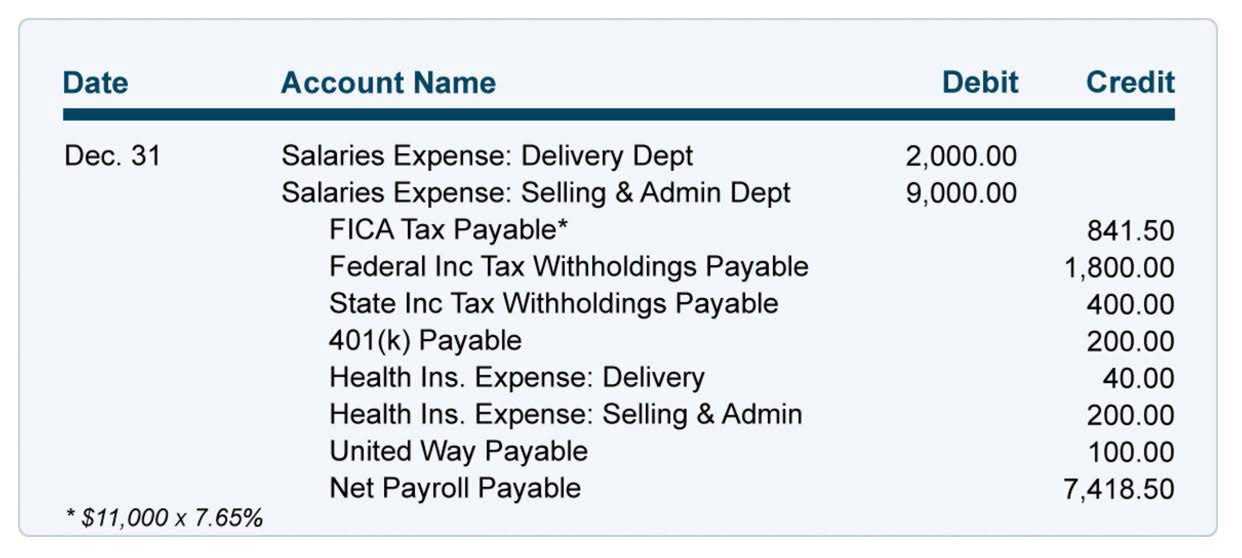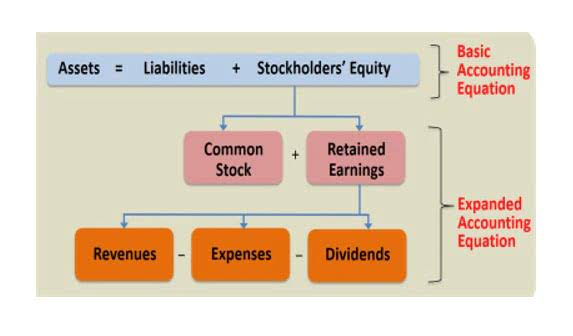The Best Accounting Firm Structure Based On Firm Revenue

However, several firms require an upfront payment and have an arrangement with a bank for partners to get capital loans. In a merger, the merging-in partners will generally be required to put in their capital that is available from their existing firm and fund any deficiency in a relatively short period of time. The partnership agreement should also provide for a mechanism to call capital or retain capital in proportion to either partner compensation or percentage interest in the firm. In concept, firms with consulting or other practices can raise outside capital for those businesses, but this is rarely done in practice. There is typically interest paid on capital at the prime rate plus a percentage that can be adjusted by the executive committee. This article will cover the basic provisions in a partnership agreement including capital requirements, governance, restrictive covenants and retirement payments.

Team Structure For Firms Up To $250k
- Depending on what the question is testing, it will either provide the amounts of interest on capital and drawings or give details of how to calculate the amounts.
- Their role is pivotal in maintaining the firm’s operational efficiency and client satisfaction.
- A modern accounting firm structure is when the firm is structured like a corporation.
- After dissolution, the firm may no longer have the right to enforce restrictive covenants because it no longer has a protectible interest in its business.
- Many – if not most – firms will start as generalists and then slowly make their way a more niche practice.
- In an LLP, partners can participate in management without risking personal liability for the actions of other partners.
Capital contributions refer to the initial and ongoing investments made by partners to fund the business. These contributions can take various forms, including cash, property, or services. partnership accounting The agreement should specify the amount and type of contributions required from each partner, as well as the timing and conditions under which these contributions must be made. This clarity helps to ensure that the partnership has sufficient resources to achieve its goals and that all partners are equally committed to the business’s success. The role of partners in decision-making is a cornerstone of any successful partnership, shaping the direction and strategy of the business. Each partner’s involvement in decisions can vary significantly depending on the partnership structure and the terms outlined in the partnership agreement.
- They are responsible for managing teams, delegating tasks, and reviewing the work of senior and junior accountants.
- Initial onboarding should include detailed training sessions on the firm’s services, systems, and best practices.
- This is a more efficient way to manage as the firm adds partners, but it inevitably means that partners lose autonomy.
- In addition, more complex partnership agreements will address terms, term limits and staggered terms for any elected officials to ensure there is equitable distribution of power among the partnership.
- The method chosen for this distribution can vary widely, depending on the nature of the partnership and the contributions of each partner.
What is a partnership model in accounting firms?
- Some accounting firms excel at serving small businesses but stumble as their clients grow.
- Procedures for meetings, voting rights, and significant business decisions ensure all partners have a voice and understand their roles.
- The organization is dependent on people, not on systems and carries damaging consequences.
- Related to the economic considerations, CPA firms need to consider how the next generation of firm accountants will be rewarded as they achieve seniority that would typically be accompanied by partnership.
- A corporation is a more complex structure, characterized by its status as a separate legal entity from its owners.
- Over time, as additional owners move into the entity structure, the firm can add additional shareholders or can reorganize as a partnership.
Their performance and growth are closely monitored, with opportunities for advancement as they gain experience and expertise. Managers act as the bridge between partners and the rest of the staff, overseeing day-to-day operations and ensuring that projects are completed efficiently and on time. They are responsible for managing teams, delegating tasks, and reviewing the work of senior and junior accountants. Managers also play a significant role in client interactions, often serving as the primary point of contact for ongoing projects. Their responsibilities include budgeting, resource allocation, and performance evaluations.
Stay ahead of new tax laws at home and internationally

The role of the COO is to shield you from the day-to-day operations of the business and bridge your strategic vision to the team. Decisions are usually made collectively, with partners discussing and voting on significant issues. Self-employment tax (SE tax) is a Social Security and Medicare tax primarily for individuals who work for themselves. Your payments of SE tax contribute to your coverage under the Social Security system. Social Security coverage provides you with retirement benefits, disability benefits, survivor benefits, and hospital insurance (Medicare) benefits.
How about social media and online presence for accountants – is it worth the effort?
- If you are not required to make estimated tax payments, you may pay any tax due when you file your return.
- Workflow management software for accountants is one aspect of accounting practice management software that aids accounting firm structures.
- If you require legal or professional advice, kindly contact an attorney or other suitable professional advisor.
- Participation in LinkedIn groups and forums related to finance can offer visibility and networking opportunities.
- So, the simple answer to the question is, yes—many accountants can and do work from a home office.
- Two or more individualsA partnership includes at least two individuals (partners).
Eventually, the founder will only be in the leadership role, and will only need to review the other areas in a monthly meeting. As firms grow, governance tends to become more centralized, meaning there is less authority for the partners and more authority for the executive committee. This is a more efficient way to manage as the firm adds partners, but it inevitably means that partners lose autonomy. A final point in this context is that, if the total of the appropriations is greater than the profit for the year, the amount to be shared between the partners will be a loss.

Financial planning & analysis
Partnerships may dissolve due to expiration of a term, achievement of business objectives, or mutual Partnership Accounting agreement. The partnership agreement should specify procedures for winding up affairs, settling debts, and distributing remaining assets. Adhering to state laws, such as the Uniform Partnership Act or state-specific statutes, ensures compliance and protects partners’ interests. Proper planning simplifies the dissolution process and minimizes complications. Capital contributions form the financial foundation of a partnership, supporting initial stability and future growth.

Running an Accounting Firm Without Timesheets – My 5 Year Experience
This method can incentivize partners to invest more in the business, fostering growth and stability. A sole proprietorship is the simplest form of business structure, where the firm is owned and operated by a single individual. This model offers complete control to the owner, allowing for quick decision-making and a personalized approach to client service. However, it also comes with significant risks, as balance sheet the owner is personally liable for all debts and legal actions against the firm. This structure is often chosen by small, independent accountants who prefer a straightforward setup with minimal regulatory requirements.

 We use cookies to optimize our website and our service.
We use cookies to optimize our website and our service. 
